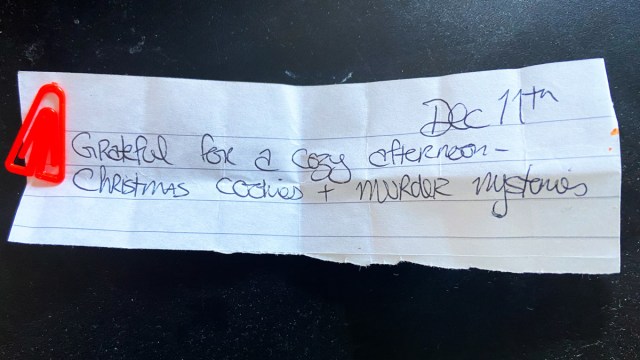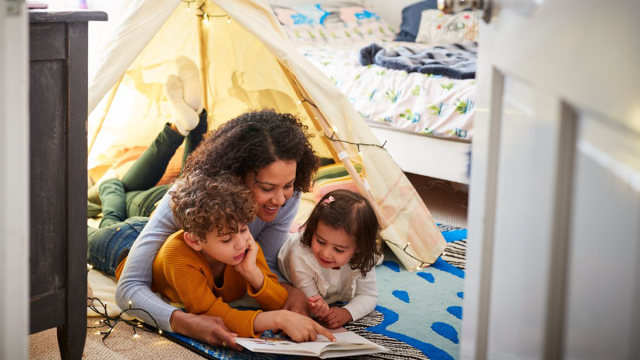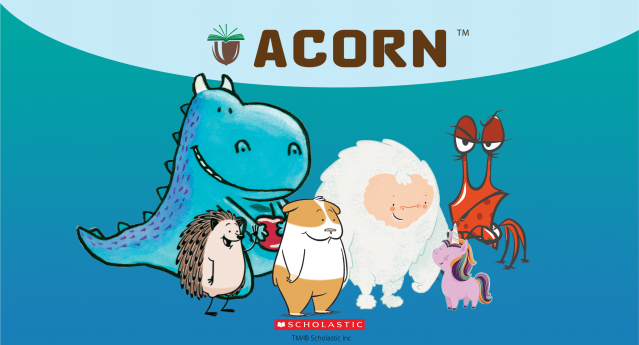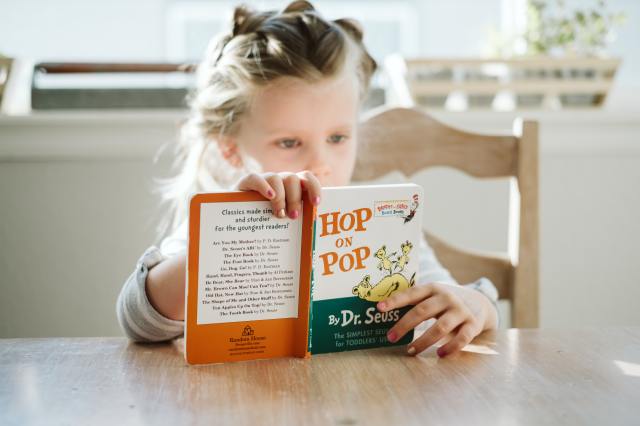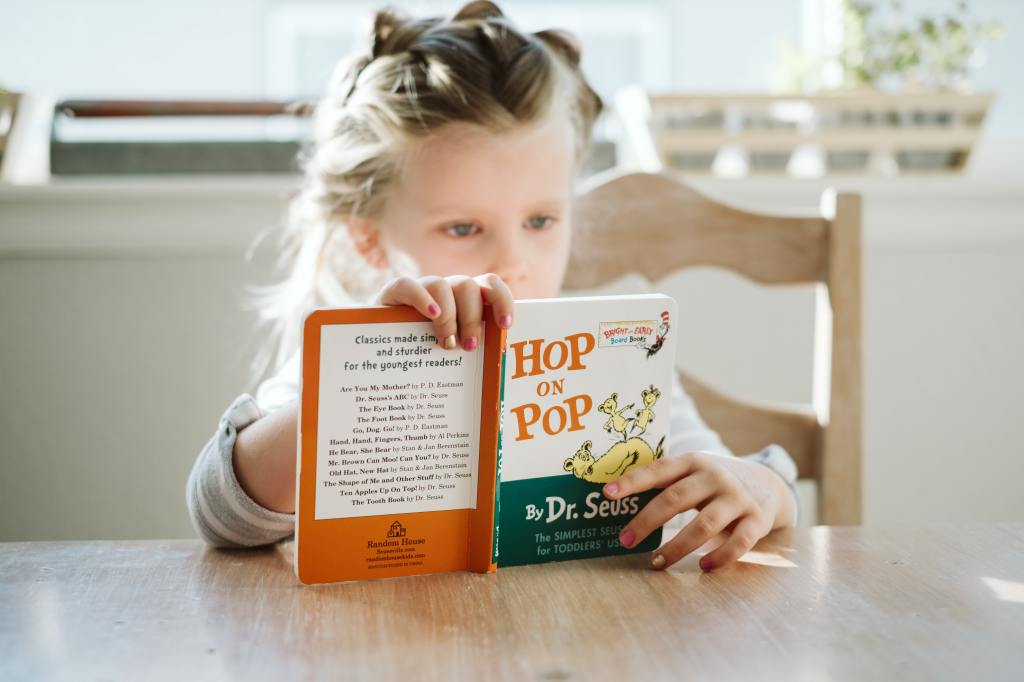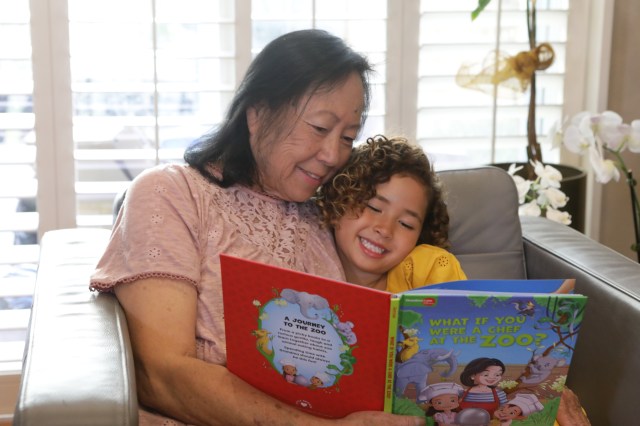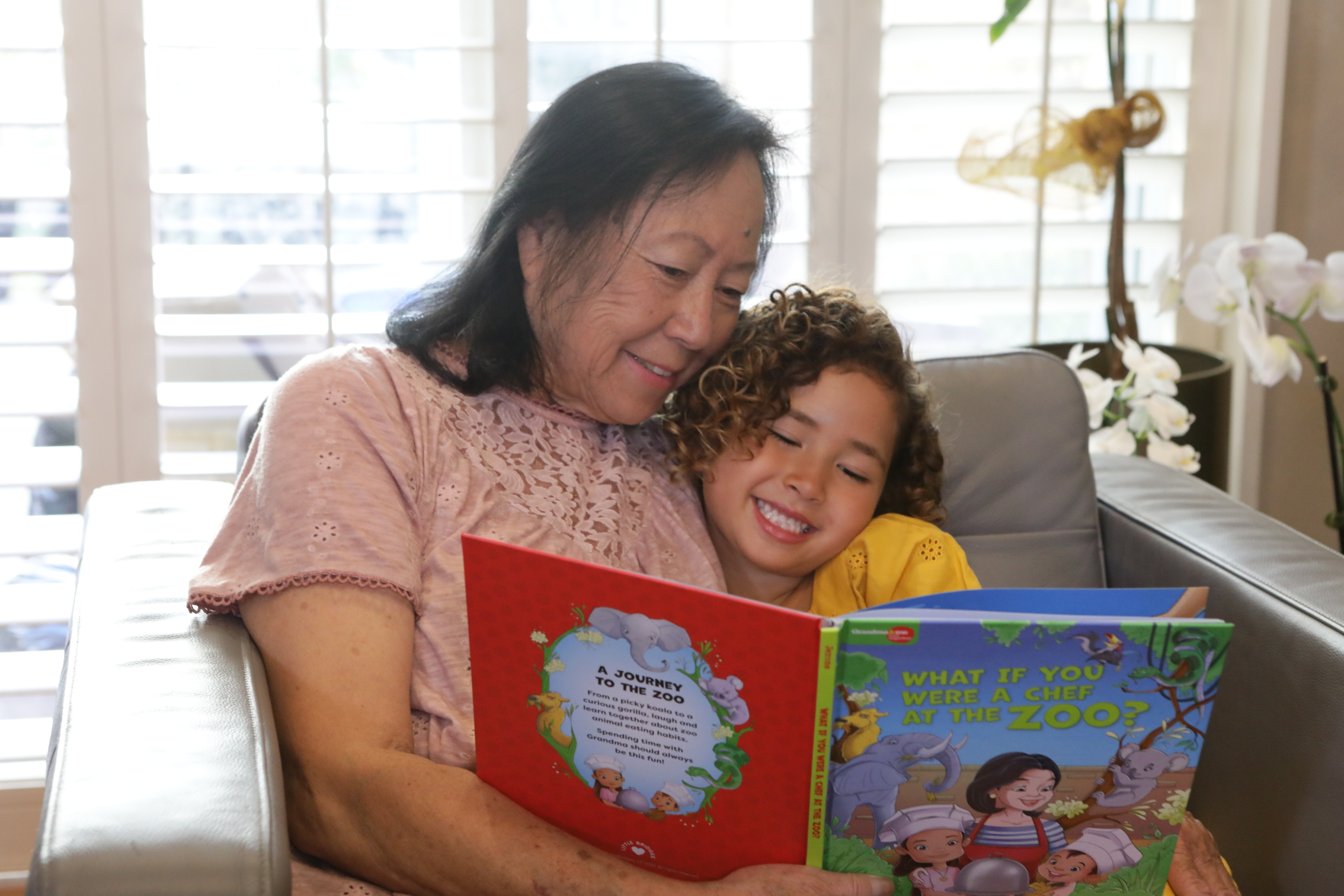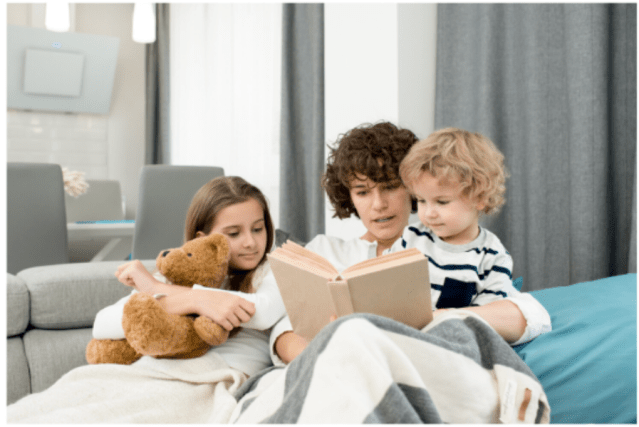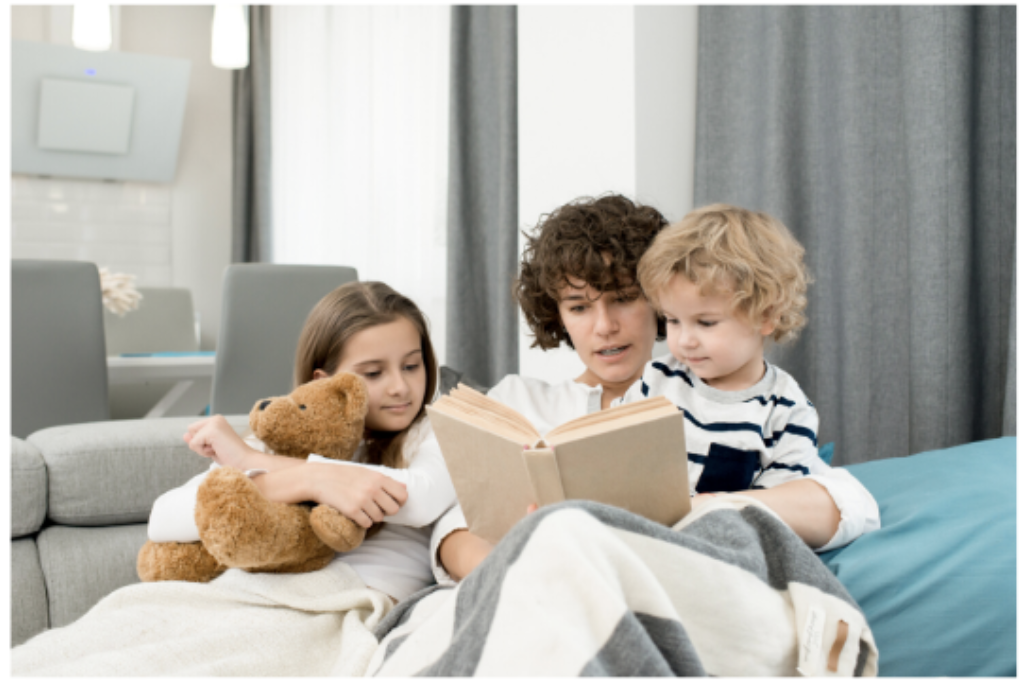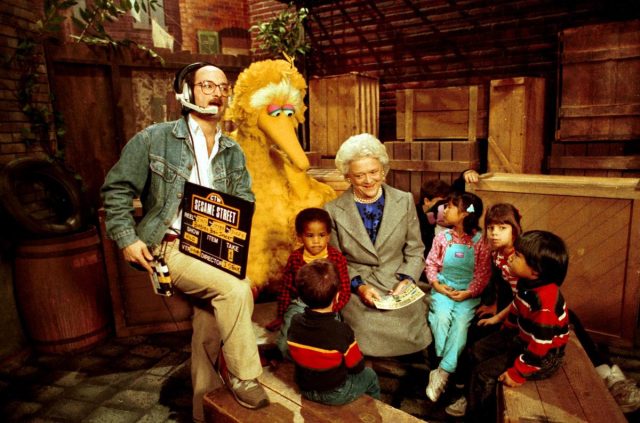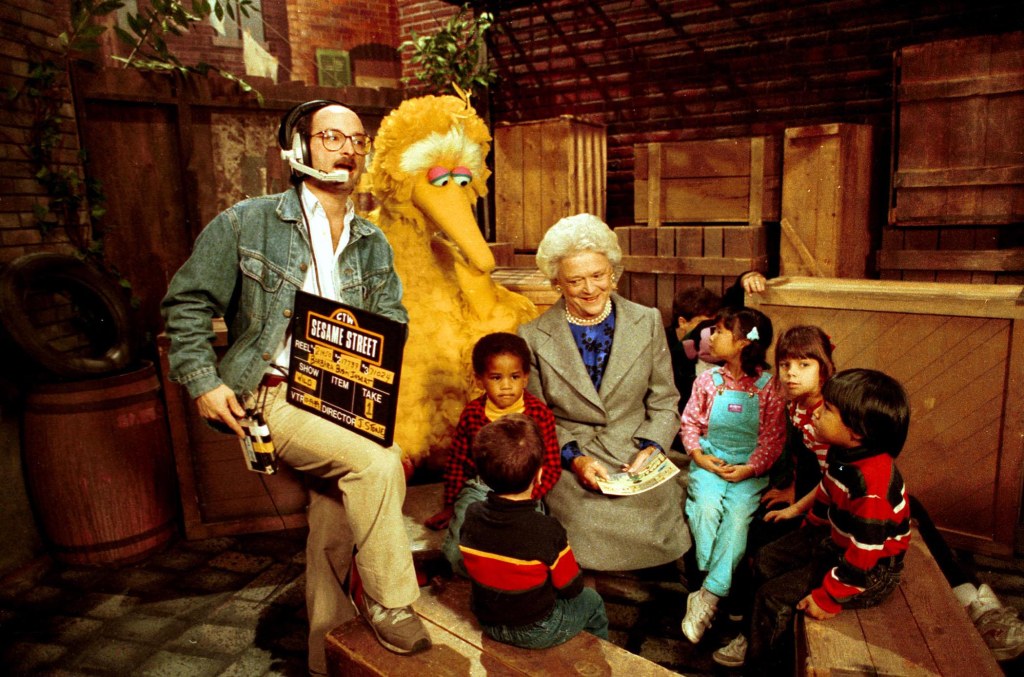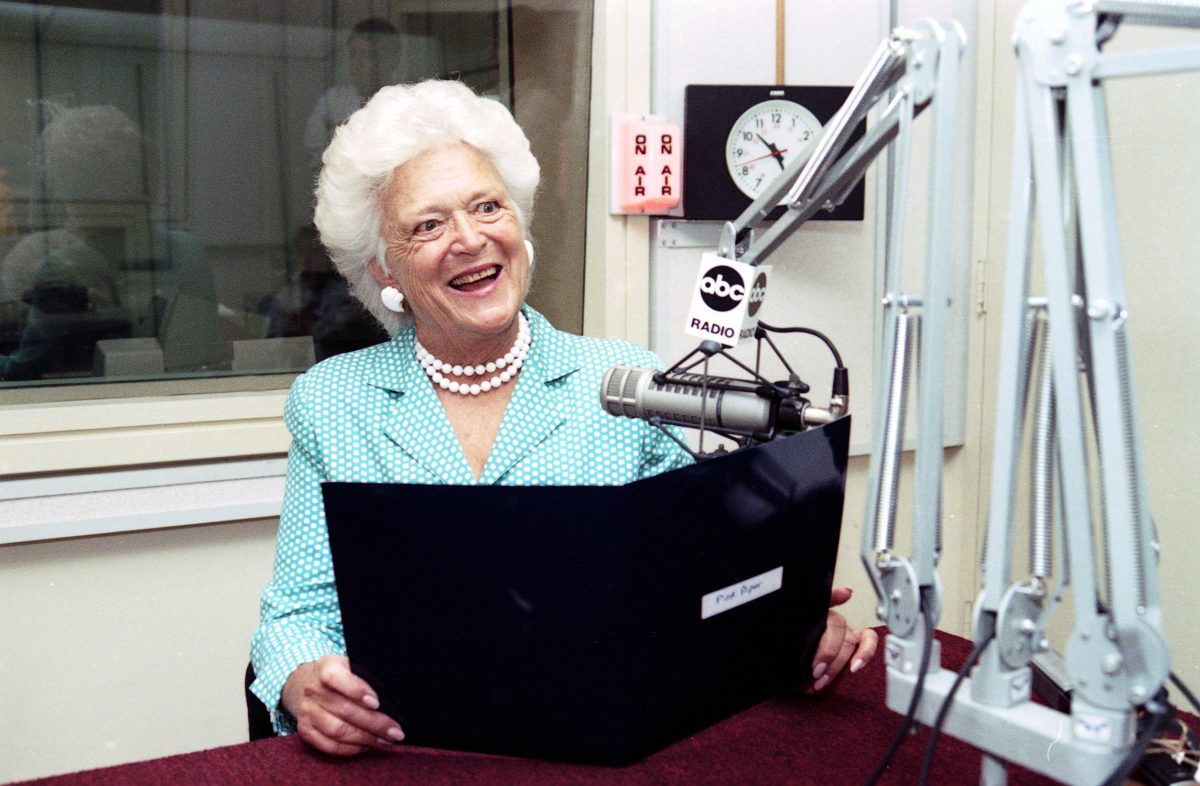Being a working mom doesn’t come with a guidebook, and if there were a secret formula for perfecting the parenting trifecta of home life, career, and kids, we’d be all over it. The good news is that there are millions of other working moms out there—you are so not alone. In honor of multi-tasking women everywhere, we’ve rounded up 13 things that each and every one of them should be reminded of on a regular basis.
1. Quantity isn’t always quality.
Even when you don’t log hours with your kids every day, the tiny moments are what really matter. Talking with them on the way to school, setting up a nightly routine that includes a twice-weekly family dinner with no exceptions, reading aloud before bed, setting aside time on the weekend just for the family—that’s when those real memories get made.
2. Pinterest is for looks.
Guess what? That class full of kids is going to love those store-bought cookies just as much as they would a from-scratch version. (They’re cookies—what’s not to love?) While you may feel like the other moms are more crafty, more creative, and more put-together, just remember what you had to do this morning to get everyone where they needed to be on time.
3. You’ll never get it all done (and that’s okay).
That pile of clean laundry sitting on the couch? Kids can just as easily find what they need by digging through it as they can if it’s folded and put away. Better yet, show your kids how to fold those clothes themselves. And speaking of chores, here’s a definitive list of which ones kids can do independently, broken down by age. You’d be amazed at what they’re capable of handling.
4. It takes a village.
There’s a reason people can’t get enough of this proverb. If you have family nearby that’s willing to help out, consider yourself lucky. If you don’t, don’t be afraid to lean on friends for help. A ride to after-school activities, a last-minute playdate, a pick-up in the morning, all of these things make a difference. Just be sure to return the favor (when you’re able) to help another parent in your circle.
5. It’s okay to delegate.
Did you know that being a mom is the equivalent of working 2.5 full-time jobs? Somehow we are not surprised. Ask your partner to do an equal share of the drop-off/pick-up/social calendar organizing/lunch-making madness that is raising kids. And, if you can afford it, opt to outsource menial tasks (e.g., grocery delivery) that can take a backseat to more pressing to-dos.
6. Your kids will be fine at daycare.
Daycare is a tough one, but we promise that moments after you leave, your kid will be bonding with their teacher over Play-Doh and Disney. Think of the positives: They’re learning, getting a ton of social interaction, and will be absolutely thrilled to see you at the end of every single day. Check out our list of other tips for making the daycare transition as easy as possible for everyone.
7. You’re setting a great example.
From your awesome work achievements to the way you collaborate on projects to how you value other people’s time and opinions, you’re modeling the behavior you want to see in your kids (in their case, on the playground, in the classroom, and at home). Make sure you share what makes you proud, and tell your kids why you need to meet deadlines or be on time for meetings. It helps them value your time more, too.
8. You’re going to miss moments, and that’s okay. There will be more.
This one can be heartbreaking. Luckily, these days, there are plenty of ways to stay updated on your kids’ lives, whether it’s through a private photo-sharing app like Tinybeans, through a school program like Class Dojo, or by having a nanny or daycare staff send you visual updates. Be sure to bring up anything you saw during those precious minutes after work!
9. You are a good mom.
Say it with us: “I am a good mom.” You are working hard and providing for your family. Your family is better because of you. In fact, a Harvard study found that kids of working moms grow up to be just as happy as kids with stay-at-home moms and that girls, in particular, benefit from having a mom who works.
10. It’s not easy, but it does get easier.
When they’re babies, it seems like they’ll never make it out of [insert stage that is taking forever]. But they do—we swear. And that first week of daycare that feels like agony? It will pass. It may not happen all at once: There will be days when you just won’t want to be apart from your kid, but as your children grow and become accustomed to a routine, it will get easier.
11. Don’t forget to fill the well.
Okay, not those words exactly. But you know what we mean. Your mornings might feel like a mad dash and your evenings a flurry, but you can’t keep giving from that seemingly bottomless well of mom without refilling once in a while. It could be as simple as taking 15 at work to run out and grab your favorite latte and taking 60 seconds to destress before you walk back in the door.
12. You look incredible today!
Maybe you envy the mom who gets to wear sweatpants all day. You know what? It’s a good bet she digs the grown-up clothes you get to wear that she never has reason to. No matter which fit you’re sporting, you have moments where you look damn good—and we’re not just saying that.
13. You don’t love your kids any less than a mom who stays at home.
And don’t listen to anyone who tries to tell you otherwise.






